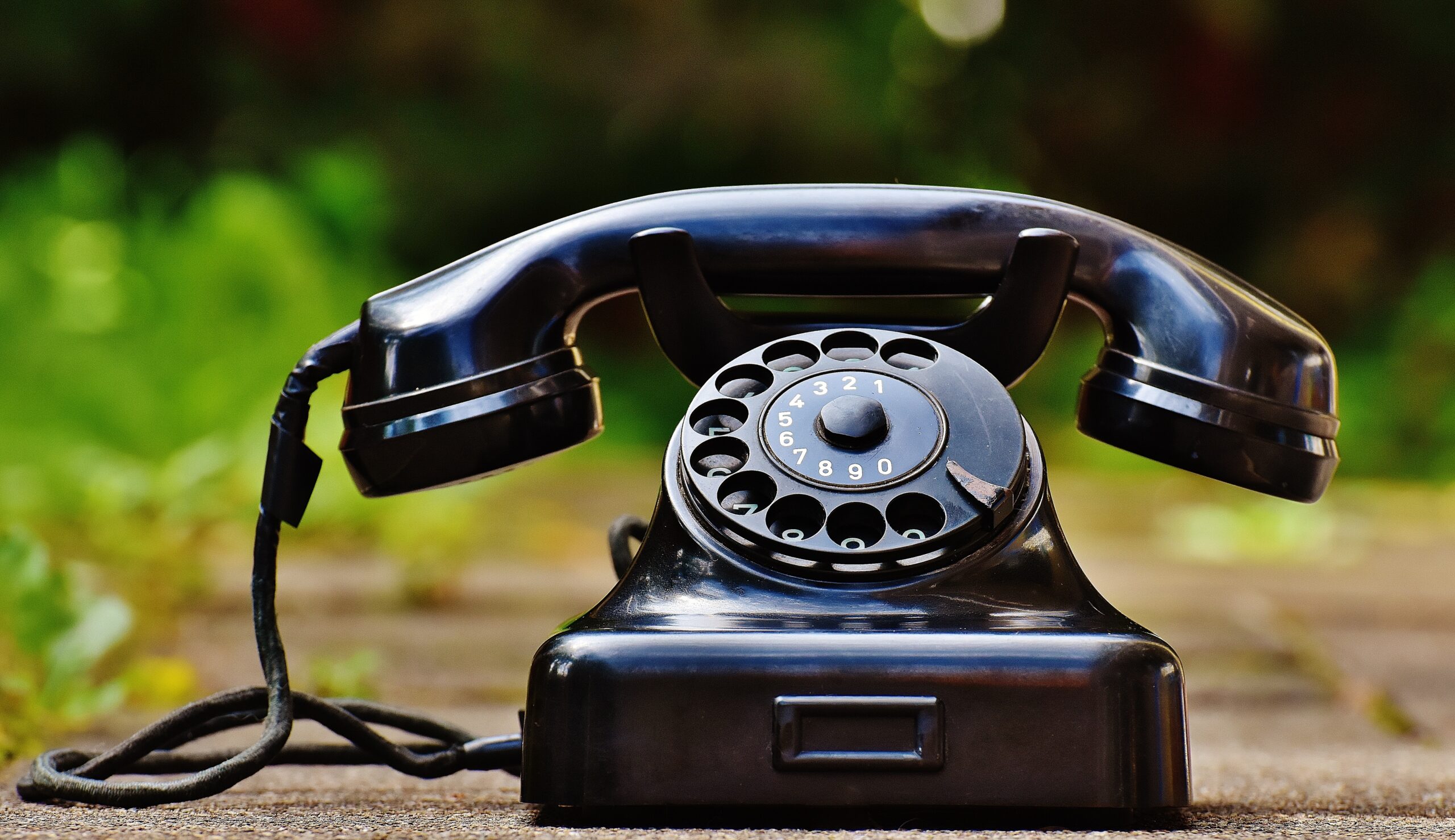Navigating phone conversations can present challenges for individuals who have undergone laryngectomy surgery. Here are some tips and resources to improve communication during phone calls:
Understanding the Challenges:
- Laryngectomy surgery can affect vocal cords, making speech less intelligible over the phone.
- Lack of comprehension from the listener can lead to frustration for both parties.
Tips for Clear Communication:
- Articulate Clearly: Speak slowly and articulate words carefully to improve understanding.
- Position the Phone: Place the phone’s microphone close to the lips or slightly above to reduce background noise and improve clarity.
- Adjust Electrolarynx Volume: Lower the volume of the electrolarynx to prevent masking of articulation.
- Use Specialized Phones: Consider using phones designed to amplify outgoing voices, making it easier for the listener to hear and understand.
- Utilize Communication Assistants: Specially trained communication assistants can help individuals with speech difficulties communicate effectively over the phone.
- Explore Telecommunications Relay Services (TRS): Dialing 711 provides access to TRS nationwide, facilitating telephone conversations for those with speech and hearing disabilities.
- Text Messaging: Sending text messages can be an effective alternative for communication in noisy environments or when verbal communication is challenging.
- Consider Alternative Devices: Teletypewriter devices (TTY), telecommunication devices for the deaf (TDD), and telephone modems with display capabilities can offer additional communication options.
- Relay Operators: Relay operators can assist with phone conversations by transcribing spoken words into text and vice versa.
Conclusion: By implementing these strategies and utilizing available resources such as TRS and specialized communication devices, individuals who have undergone laryngectomy surgery can enhance their ability to communicate effectively during phone conversations. Clear communication is essential for maintaining connections with others and navigating daily life with confidence.
Check out some of our Stoma Care Products and Labex Electrolarynx Devices!

